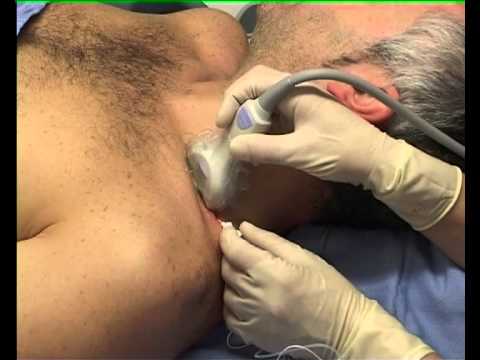- Joined
- Apr 23, 2005
- Messages
- 491
- Reaction score
- 120
I wonder if you all could chime in on a couple/three questions I have on SCB?
1. Do you all inject into the epineurium of the brachial plexus or just surround it? The block seems to set up better injecting into it but I worry about nerve damage.
2. If you see an areterial structure (transverse cervical artery?) in your field, down low, do you abandon this approach and go infraclavicular?
3. Lastly, I sometimes have trouble with the needle angle in getting the tip above the main brachial plexus bundle (superficial to it). My needle angle seems to want to direct me directly at it. Is there something different that I should be doing?
Thanks
1. Do you all inject into the epineurium of the brachial plexus or just surround it? The block seems to set up better injecting into it but I worry about nerve damage.
2. If you see an areterial structure (transverse cervical artery?) in your field, down low, do you abandon this approach and go infraclavicular?
3. Lastly, I sometimes have trouble with the needle angle in getting the tip above the main brachial plexus bundle (superficial to it). My needle angle seems to want to direct me directly at it. Is there something different that I should be doing?
Thanks


